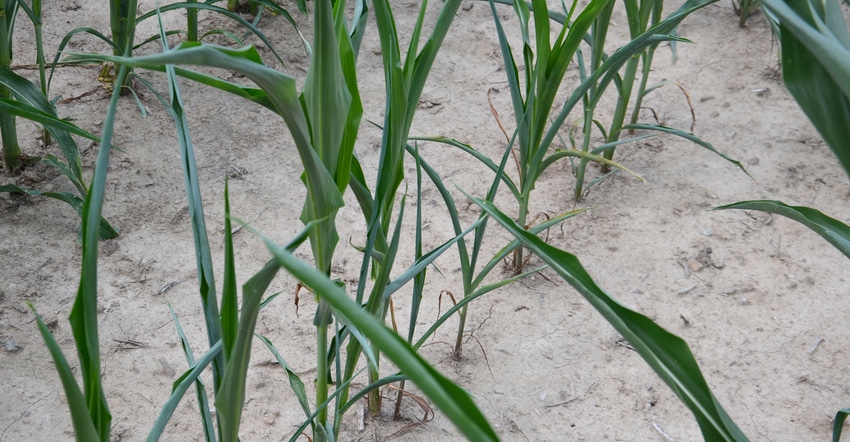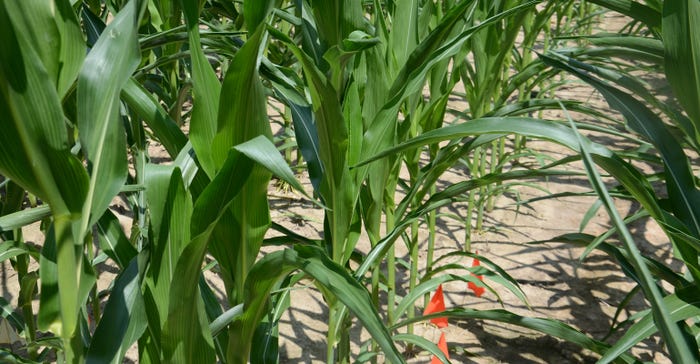
An article on the website earlier this summer ran with the headline Late-emerging plants soon lag behind. Using examples from past observations, Dave Nanda explained that if corn is spotted into thin stands, seedlings emerging from the second planting will be far behind the original plants. If there’s too much competition, the replants act like weeds. The exception occurs when the stand is so thin that the replant corn dominates over large parts of the row.
The article brought a comment from an Illinois farmer who spotted in several acres of corn in 2020. He certainly wasn’t alone. Among those who planted in mid-May, several either replanted whole fields or spotted in seed.
His comment? Based on the original article, indicating that late emergers act like weeds, did he waste his time and money? Nanda, director of genetics for Seed Genetics Direct, says that depends. The deciding factor is how large gaps were within the rows.
“Unless you have big areas in the field with no plants, it doesn’t usually pay to spot seed in,” Nanda says. “It might give you some mental satisfaction and help you feel better. Farmers like to see green, growing plants within their fields. You have the satisfaction of knowing you tried to do something.”
Too much competition
The problem occurs when the stand is thinner than you like, but still thick enough to provide competition to new plants emerging later. The late emergers lag close competitors and wind up contributing little or nothing to yield.
Look at the lead picture, which is from a field this year where corn was spotted into an existing stand that was still above 20,000 plants per acre. A solid week of dry weather and very high temperatures occurred before this picture was taken. Most plants that were spotted into the existing stand are suffering extreme stress.
“What you may end up doing is spending more on resources and not adding much to final yield,” Nanda says.
Flip side
However, here’s why “it depends,” Nanda notes. Each field is different, making it difficult to generalize. “If you had a field with large gaps within rows, then it could be a different story,” he says.
In previous years, he has seen examples where spotting into a stand as thin as 10,000 plants per acre within areas of the field paid.
If the second planting is uniform and there aren’t many existing plants from the first planting to compete, then spotting in may make sense, Nanda observes.

4 IN A ROW: The four plants of uniform, medium height all emerged two days behind most plants within the row. Because they filled a gap and don’t have to compete against bigger plants, they will likely add yield.

Yet at the same time, if the stand is that thin, you may want to consider just tearing up the original stand and replanting the entire field, Nanda adds. Then you don’t have areas where small plants are still competing with larger plants from the original planting.
This year is providing another opportunity to study this tough decision. If you have areas you spotted in, make your own observations as to whether it paid when you harvest this fall.
About the Author(s)
You May Also Like




